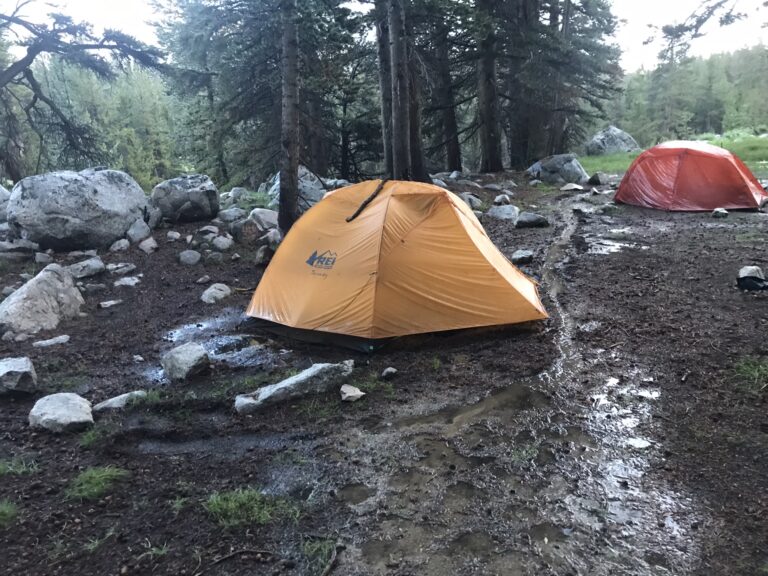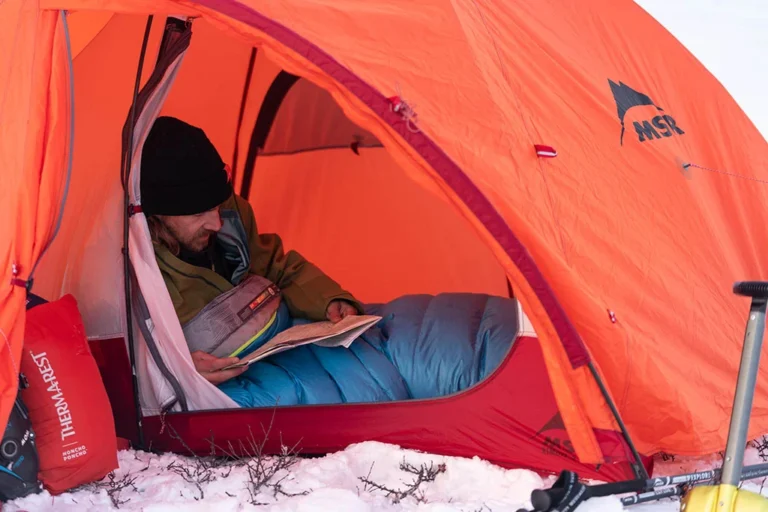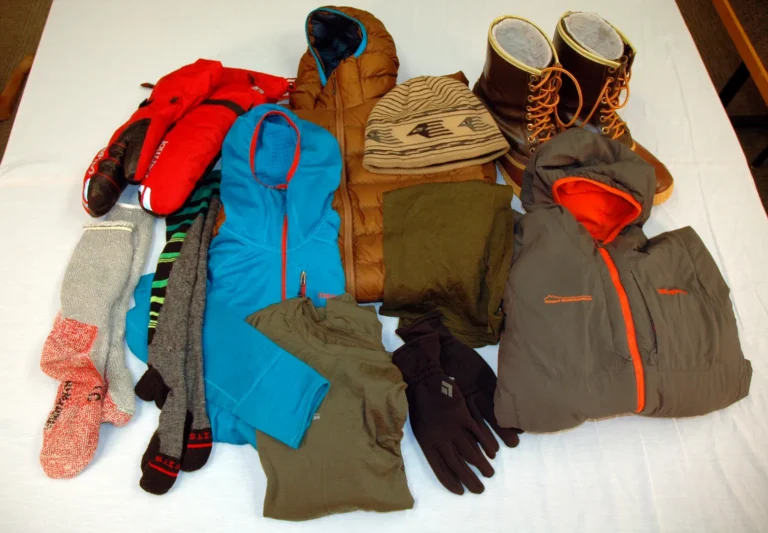Hiking the Trail
General advice and sound tips for the novice in us all
Lace up and load up at home. Before hitting the trail, put on your new hiking boots, weigh down your new pack, and go walk uneven terrain. This way you can adjust the pack straps and belts and find a comfortable fit without missing the view along the trail. Most packs come in different sizes, and if you’re a small person trying to lug a large sized pack, no strap adjustments on Earth will make it fit. Find out before hitting the trail. The same goes for boots. New ones usually require a break in period, or in worse cases, a pair that fits fine in the store can turn brutal after three miles on the trail. To be safe, if you’re heading out with new boots, wrap your heels with duct tape before a heel blister starts to show. And carry spare duct tape wrapped around a water bottle or hiking poles.
• Limber up. At the start of each hike, stretch your hamstrings, calves, feet, shoulders, and back muscles. The slow stretching movements will help prevent muscle problems.
• Set the pace by your slowest member. To keep a group together, you may have to shift some heavy gear from a hiker who’s lagging behind to one who’s continually shooting far ahead. Cooperation is important.
• A normal backpacking pace is 1 1/2 to 2 miles per hour, but it’s quite common to slow down to 1 mile an hour on hills. A pace as fast as 3 miles an hour is possible on level ground or slightly inclines.
• Carry out all trash. Never leave paper in a fire pit for the next person to burn. It looks ugly, may blow away, and can get wet and not burn. Never bury trash or garbage, because animals will dig it up.
• Rest every hour or two, even if it’s only for five of 10 minutes. It’s not wasted time the rest will keep you going farther in the long run.
• Don’t step over those small but noticeable pieces of trash like candy wrappers or chewing gum foil. Pack them out. Carry an extra bread bag for this purpose.
Uphill: Walking too fast can cause muscle pulls, heel blisters, Achilles tendinitis, and burnout.
Downhill: Walking too fast or too slow can cause knee problems, shinsplints, falls, sprained ankles, and toe blisters.
Level ground: Walking too fast can cause sore feet, especially on rocky surfaces.






